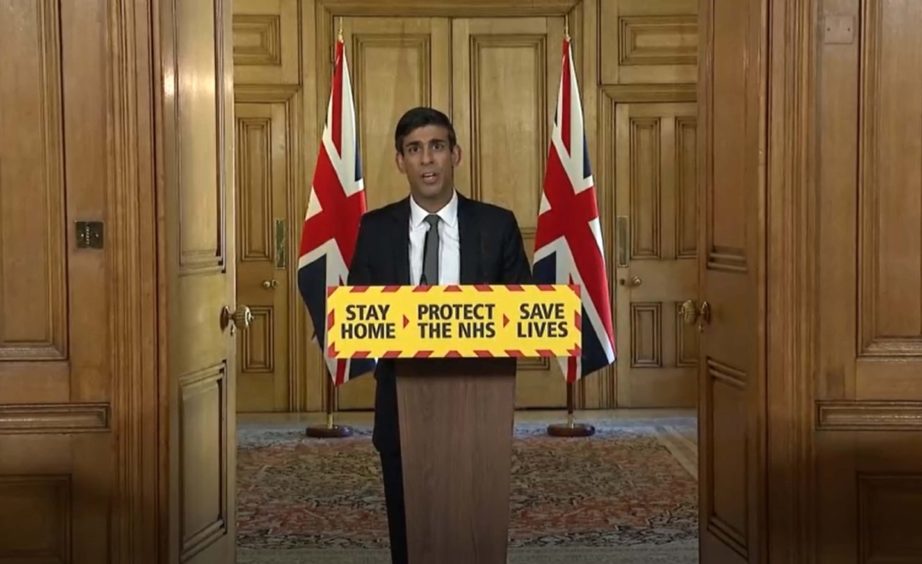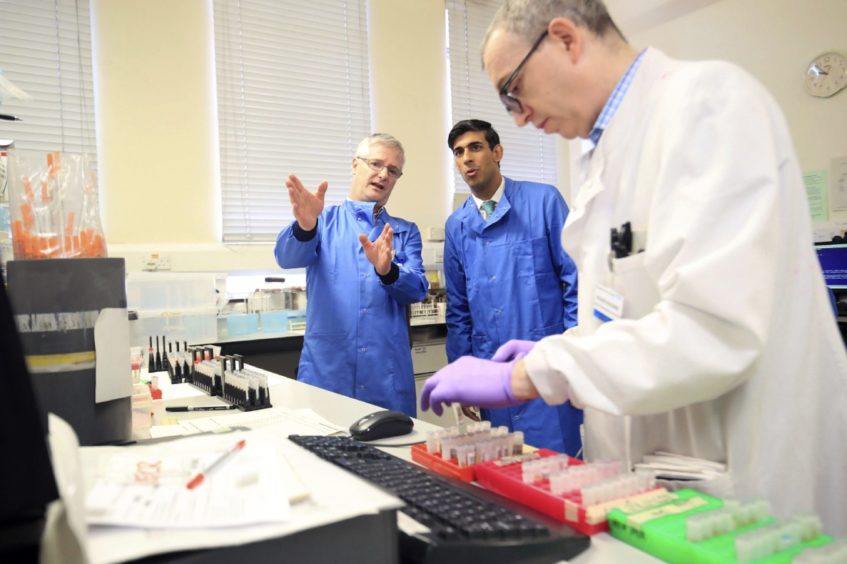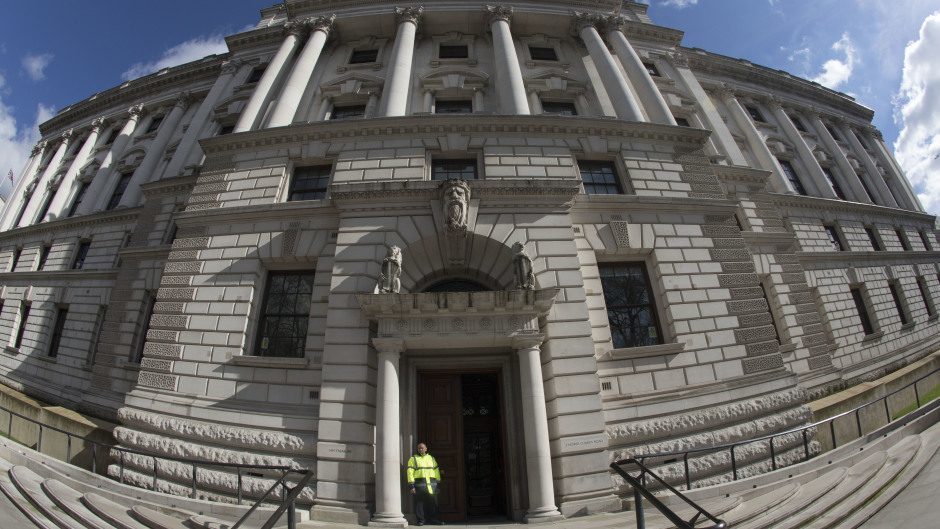Chancellor Rishi Sunak has announced new changes to the terms of the UK Government’s support for workers and businesses during the coronavirus pandemic.
We have taken a closer look at the details of how it will impact on the so-called “furlough” scheme and the equivalent support for self-employed people.
Self-employed
The future of government support for self-employed workers had been hanging in the balance until the chancellor’s announcement on Friday evening.
The “furlough” programme for employees had already been extended until October but the equivalent for self-employed people was due to end this weekend.
Chancellor Rishi Sunak was warned as part of a cross-party campaign, backed by more than 100 MPs, that a failure to extend the initiative would leave millions of workers facing catastrophic “cliff-edge” end to vital financial support.
Under the initial Self-Employment Income Support Scheme, people were able to claim a taxable grant of 80% of their average monthly trading profits, paid out in a single instalment covering three months, and capped at £7,500 altogether.
A total of 2.3 million claims has been made so far, worth £6.8 billion.
Mr Sunak announced on Friday that those eligible would now be able to claim a second and final grant in August.
Lower than the original, the support is to be worth 70% of average monthly trading profits, paid out in a single instalment covering three months’ worth of profits, and capped at £6,570 in total.
Employed
Mr Sunak won plaudits on May 12 by announcing that the Coronavirus Job Retention Scheme, also known as the “furlough” scheme, would be extended until October.
As with the support for self-employed staff this week, fears had been growing before the extension that staff would have the financial lifeline removed almost overnight, potentially leaving millions facing redundancy.
The chancellor averted that fate by announcing an extension, but he promised to unveil further details about changes to the way it would work, which he did on Friday.
The unprecedented initiative has enabled the “furlough” of workers, whereby they could remain employed by a business while not working.
Under the scheme, the Treasury offered businesses a grant to pay 80% of a furloughed staff member’s salary, up to £2,500 each month.
To date, it has helped one million employers across the UK furlough 8.4 million jobs.
Mr Sunak has now announced that, from July 1, businesses would be given the “flexibility” to bring furloughed employees back part time.
This is a month earlier than previously announced.
Individual firms will decide the hours and shift patterns their employees will work on their return – and will be responsible for paying their wages while in work.
Mr Sunak also announced that, from August, the level of government grant provided through the job retention scheme will be cut back.
It means that, for June and July, the government will continue to pay 80% of people’s salaries, and employers are not required to pay anything.
But from August, while the Treasury will pay 80% of wages up to a cap of £2,500, business will be asked to pay the National Insurance and pension contributions.
For an average claim, this represents 5% of the money that a company would normally pay for the worker.
In September, the government support will drop to 70% of wages, up to a cap of £2,190.
Employers will pay National Insurance and pension contributions, and 10% of wages to make up 80% in total up to a cap of £2,500.
For the average claim, this represents 14% of the normal gross employment costs.
In October, the government will pay 60% of wages up to a cap of £1,875.
Employers will pay National Insurance and pension contributions and 20% of wages to make up 80% in total up to a cap of £2,500.
For the average claim, this represents 23% of the gross employment costs.






